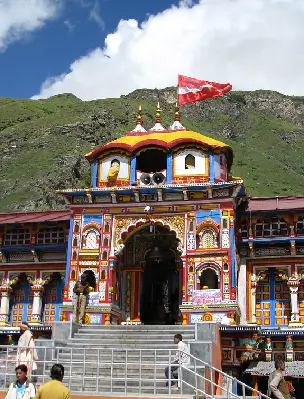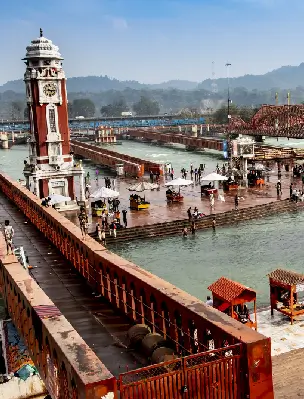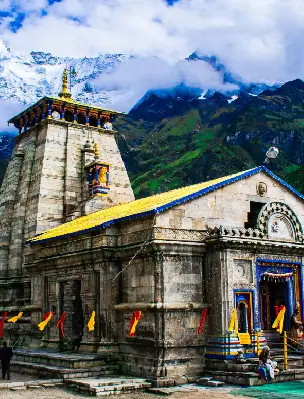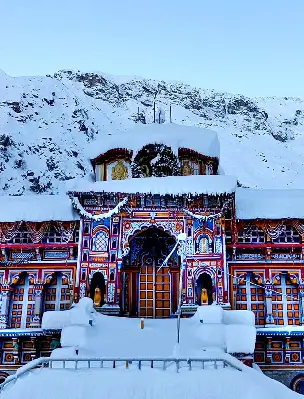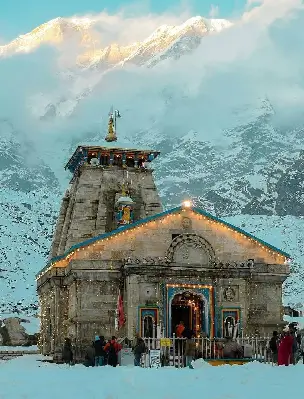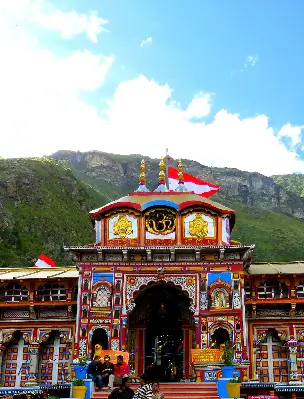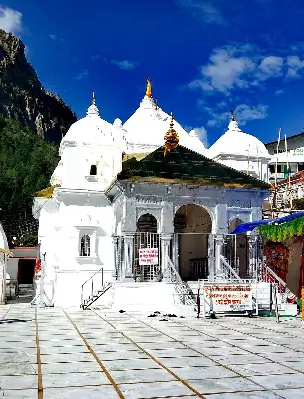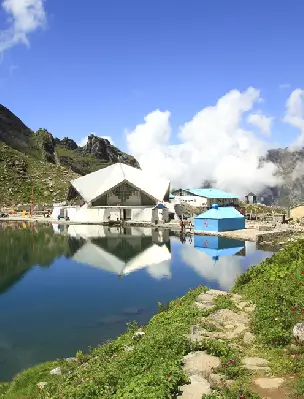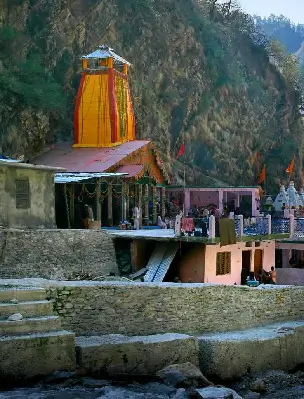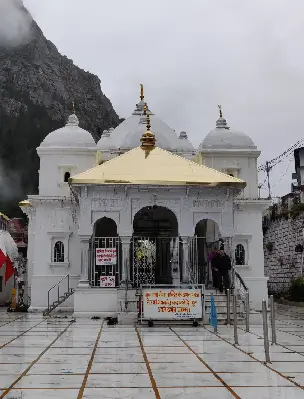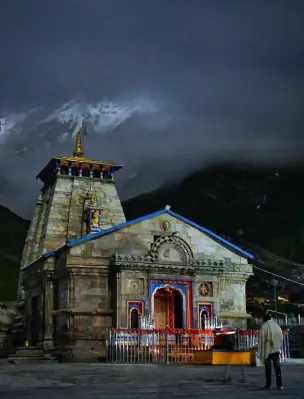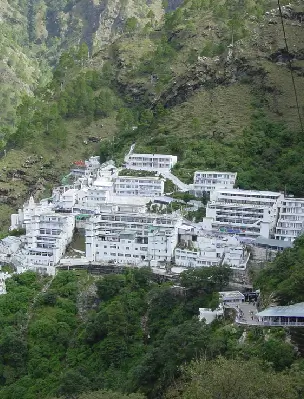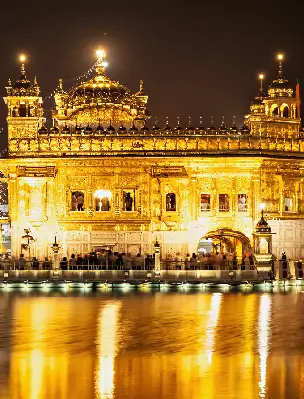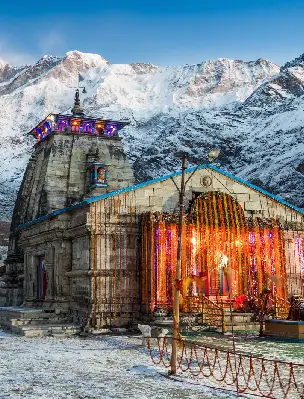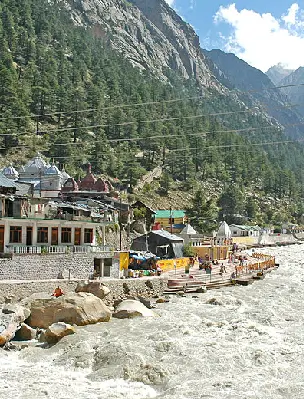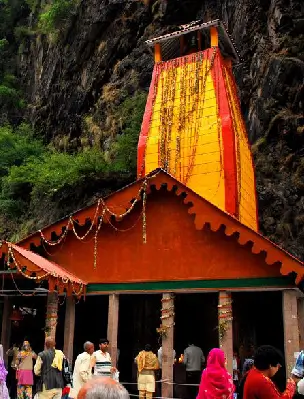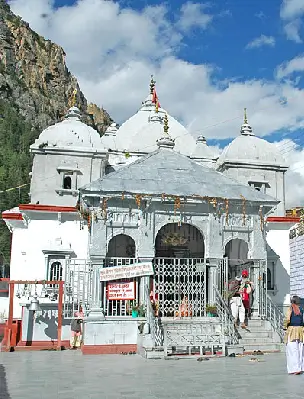Valley of Flowers
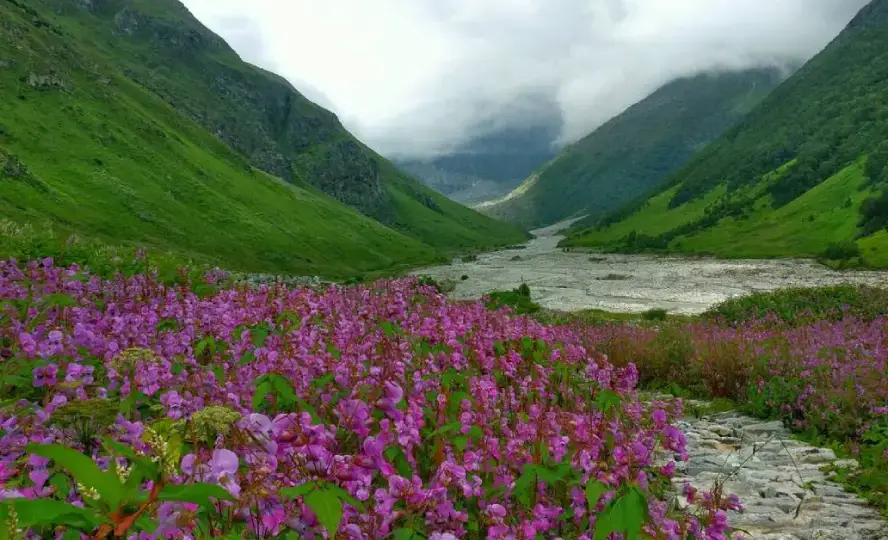
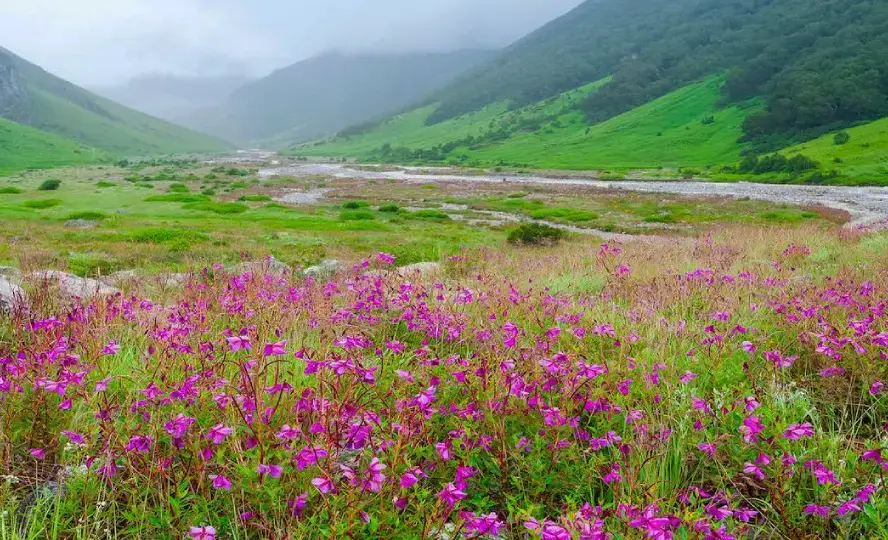
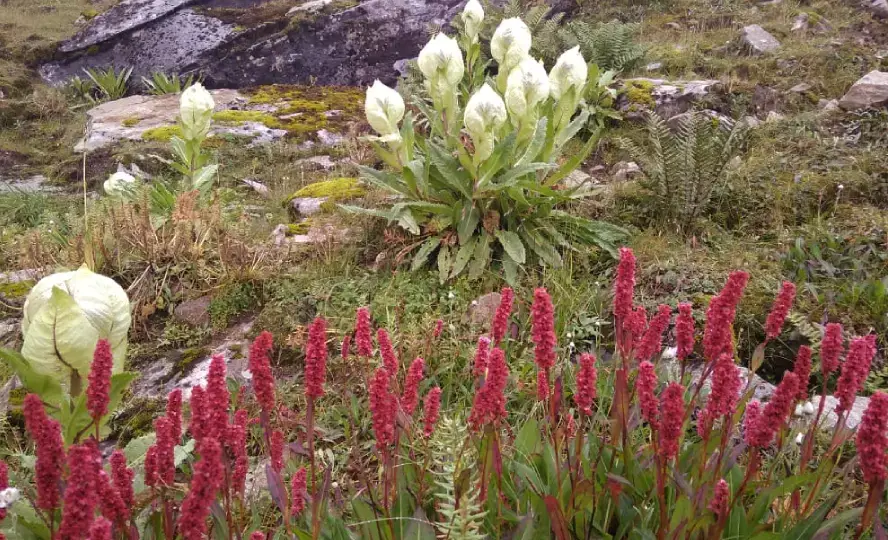
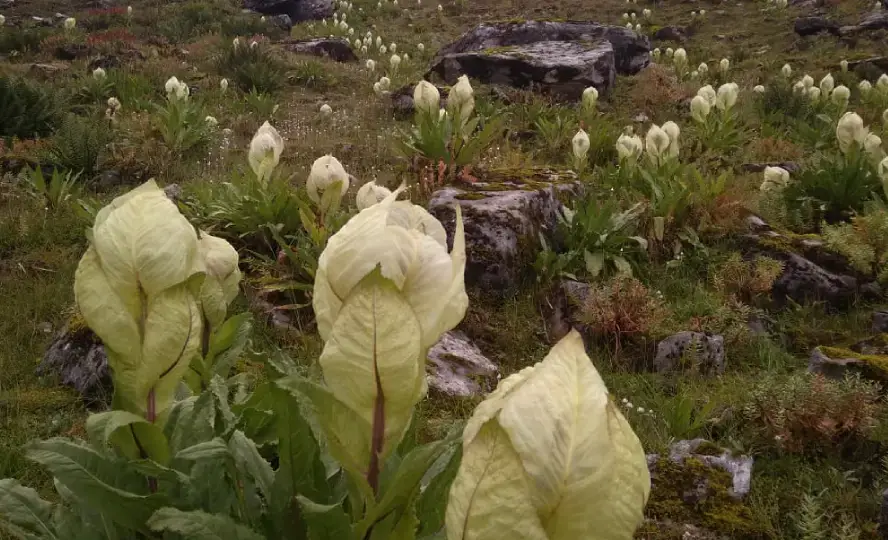
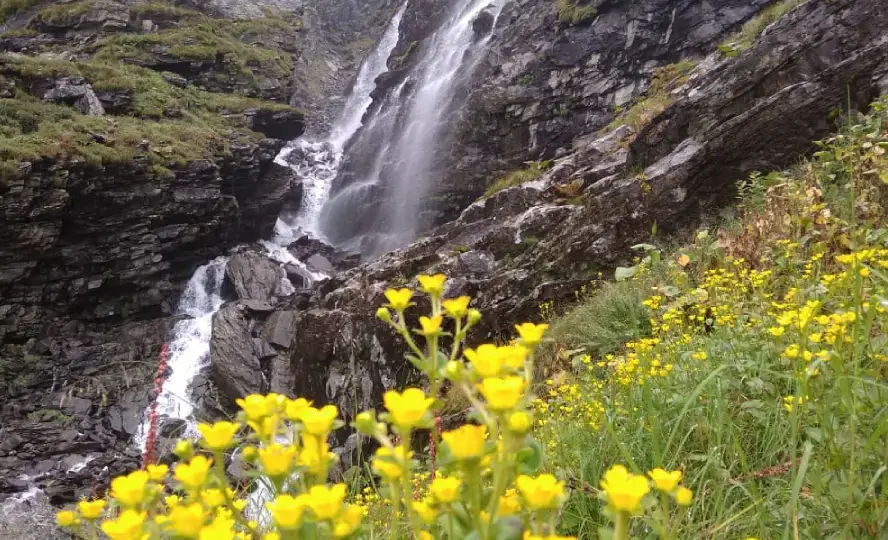
About Valley of Flowers National Park Trek
Journey to the Valley of Flowers (VOF) brings a transition from the city's concrete jungle to the meadows in the high mountains, provoking every sense into the travellers and transporting them to a serene satisfaction. The valley is an exotic destination surrounded by snow-capped Himalayan mountains touching the sky. The major draws of the heavenly place are the carpet of flowers in a colourful palette, the unimaginable landscape, a mixed blend of fragrances, and a cool breeze that elevates every person’s soul. This is the reason, the Valley of Flowers is one of the most popular destinations to visit in the Himalayas, highly visited by botanists, explorers, nature lovers, and avid hikers.
Located at an altitude of 3,600 metres, the Valley of Flowers dominates all the trekking destinations in Uttarakhand. The biosphere of the Valley of Flowers not only has some of the rarest mountain flower species layering the meadows but also supports significant high-altitude animal and bird species. In fact, the Valley of Flowers is one of the highly preferred destinations for spotting exotic bird species. The valley of flowers comes to its peak bloom in the warmer season and amazingly keeps changing its colour respective to the blooming cycles of different flowers.
The Valley of Flowers trek in Garhwal Himalayas is a prime summer & monsoon time adventure and uplifts every traveller’s emotional interest towards nature. After a challenging trek getting welcomed by misty breezes, authentic landscape, and blue, pink, yellow, red, and lavender meadows refresh the spirit. The valley is an 8-kilometre-long meadow with a glacier at the end which is the reason for the comforting cool breezes engulfing the region. The Valley of Flowers trek is unequivocally a once-in-a-lifetime experience that makes memories for eternity.
Important information About of Valley of Flowers
| State | Uttarakhand |
| Region | Garhwal Himalayas |
| Destination Type | Trek/Nature/Flower Valley |
| Altitude | 3600 m (11,800 feet) |
| Total Trek Length | 50 km |
| Difficulty | Moderate |
| Important Flowers | Primrose, Brahma Kamal, Blue poppy, Cobra lily, Orchids, Lavender, and Rose. |
| Popular Animals Found in Valley of National Park | Asiatic black bear, snow leopard, red fox, and blue sheep. |
| Popular Birds Found in Valley of National Park | Himalayan monal, snow partridge, white-throated magpie, and Brown accentor. |
| Best Time to Visit | July - Mid September |
Flora in Valley of Flowers National Park
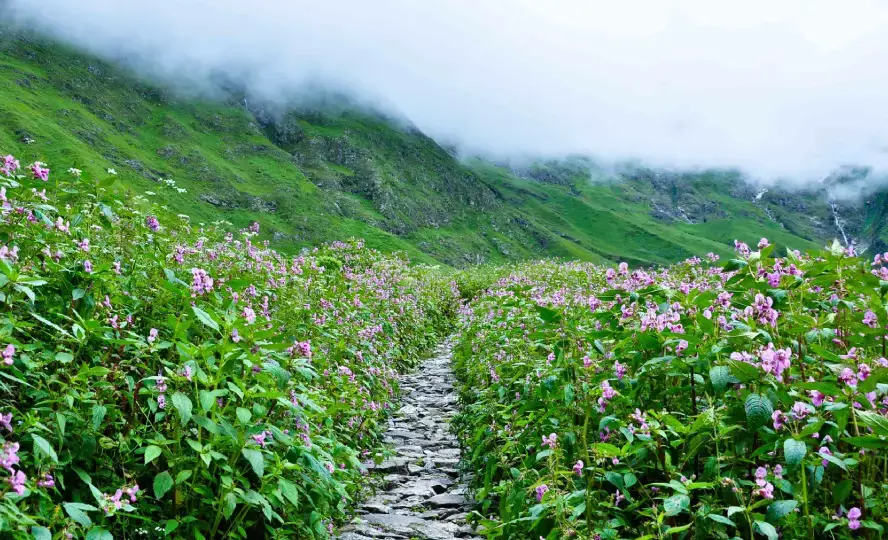
The Valley of flowers overflows with pigments of different shades. The meadow blooms to its fullest with a blanket of various species of high-altitude flowers. It is among the most picturable trekking destinations in Uttarakhand and is highly praised by professional photographers. Flowers that mostly carpet the landscape of Valley of Flowers include orchids, poppies, primroses, anemones, marigolds, daisies, geranium, petunia, sesame, lilies, calendula, zinnia, and many others. It has a sub-alpine forest covering the outlines with rosy and rhododendrons which complements the scenery. There are more than 600 species of flowers in the valley of which around 500 are flowering plants.
The most notable species of flowers that attract the gazes of trekkers are Vajardanti, blue poppy, peony, soppu, Brahma kamal, Jalkutre, aconitum, Himalayan venus, regal lily, and Himalayan primulas. Many of the species of flowers and plants in the Valley of Flowers are medicinal like Atish (Aconitum heterophyllum), which is an excellent anti-inflammatory herb used against the poisoning of scorpions and snakes. Other rare and significant species in the valley are A. Falconeri, Arnebia benthamii, Dactylorhiza hatagirea, Gymnadenia orchids, Megacarpaea polyandra, Picrorhiza kurroa, Podophyllum haxandrum, Aconitum violaceum, Polygonatum multiflorum, Fritillaria roylei and Taxus wallichiana. Furthermore, the Valley of Flowers is a central part of the Nanda Devi forest reserve which composes a significant biosphere for fauna.
Fauna in Valley of Flowers National Park
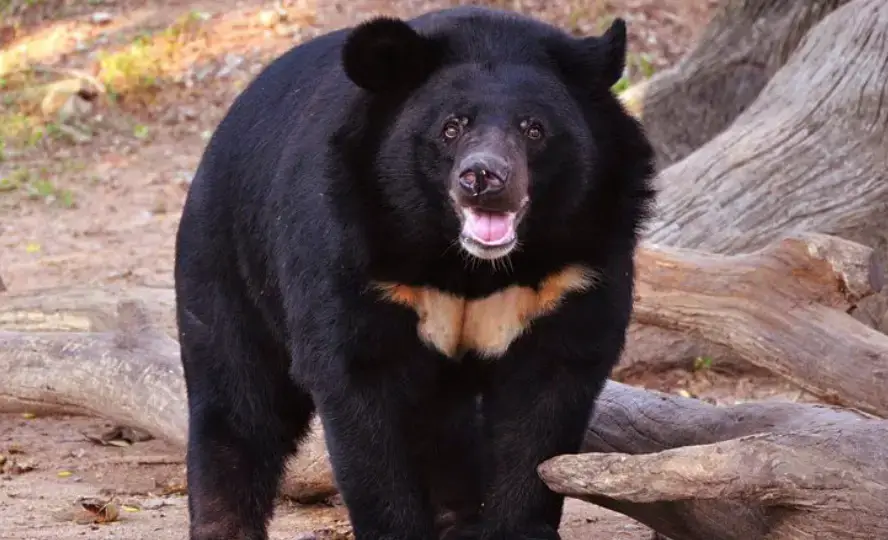
The beautiful landscape is not just There are more than 13 species of mammals believed to be present in the Valley. The most frequently encountered animal species in the Valley of Flowers include Himalayan goral, white serow, musk deer, tahr, and bharal. Furthermore, the beautiful natural paradise is home to other wildlife species like the Asiatic black bear, flying squirrel, brown bear, red fox, blue sheep, grey langur, Himalayan weasel, Himalayan yellow-throated marten, chevrotain, Himalayan tahr, and pica. The region is also significantly housed by birds which you will get a glimpse of frequently.
Some of the major avifauna seen include Himalayan monal pheasant, snowcock, vultures, eagles, laughing thrushes, warblers, woodpeckers, yuhina, nuthatch, Partridge, honeyguides, flycatchers, magpies, robins and redstarts, sunbirds, accentors, rosefinches, etc. The flowers are hovered by various butterflies, moths, and bees.
Valley of Flowers Trekking Routes and Trails
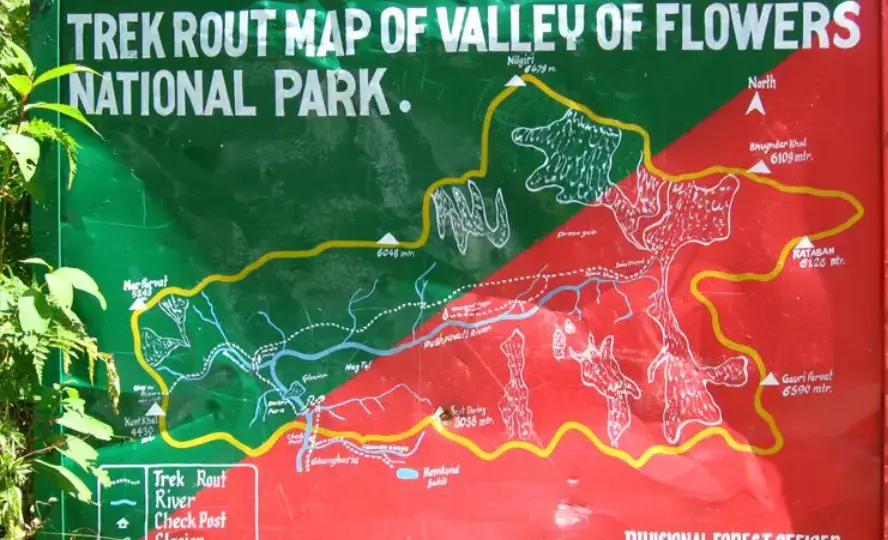
The Valley of Flowers is a fascinating destination and the trek to reach the Valley of Flowers is an utterly marvellous experience that will leave you awestruck by its beauty. It is a moderately difficult trek and one of the best options for people trekking for the first time. From the base point to the Valley of Flowers, the trek is covered throughout by the absolute beauty of nature. You will pass through some of the intriguing landscapes, which are the best thing to see in the Valley of Flowers trek of Uttarakhand. The beautiful landscapes of colourful shades on the greenery of hills are backed by snow-capped peaks of the Himalayas emulating heaven on earth.
From Govind Ghat reach Pulna, 4 kilometres from Govind Ghat, by jeep or mule. The on-foot trek begins from Pulna and halts after 7 kilometres at Ghangaria village. After resting for the night, start again from Ghangaria village on a well-maintained trekking route to Valley of Flowers which is 4 kilometres.
On the way back, you can also add a trek to the Hemkund Sahib Gurudwara, the highest-located gurudwara in the world. The gurdwara is 6 kilometres from Ghangaria and is one of the most religious destinations for Sikhs. It is a more challenging yet rewarding addition to the trek. The gurudwara is set amid the unimaginable beauty of nature and thus visiting here is icing on the cake for your trek adventure.
Conservation Initiatives at Valley of Flowers

The Valley of Flowers, now a UNESCO World Heritage Site of Uttarakhand, is a destination with the eternal beauty of alpine flora and substantial fauna. Hence, it required strict protection to persevere the same. Established as a national park by the government in the year 1982, protected activities that were harming the ecosystem, like deforestation and hunting. In the year 1988, UNESCO recognized the universal value of the Valley of Flowers National Park and inscribed it as a World Heritage Site. This attracted international attention and introduced support for conservation efforts from all sides. The park authorities also limited the daily visitors count by introducing permits and trekking on designated trails. This regulation helps preserve the fragile ecosystem of this Himalayan valley.
Ban was introduced on grazing of migratory livestock which was implemented to aid plant conservation efforts. Furthermore, the forest department of Uttarakhand keeps an eye to identify potential threats to the valley and implement strategies accordingly. Researchers also study the flora and fauna of the valley for a better understanding of the ecosystem and to introduce better conservation policies.
Moreover, local communities also participate in conservation efforts which ensures the valley's long-term survival possibility and makes sure future generations witness this natural beauty in its present form.
Best Time to Visit Valley of Flowers
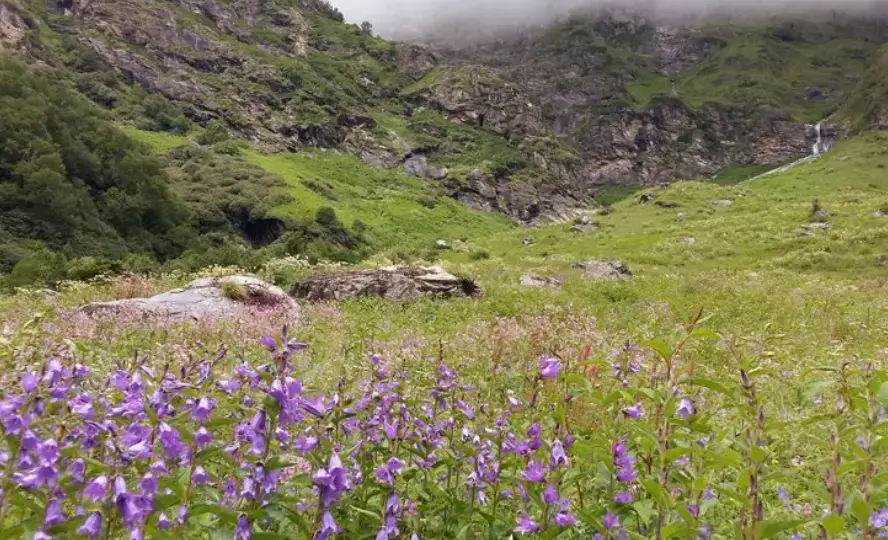
The Valley of Flowers has a unique microclimate resulting from its unique setting surrounded by peaks into the inner Himalayas. The region experiences a dry climate with most of the precipitation in monsoon (July-September). Thus, the best time to visit the Valley of Flowers is between July to September when the Valley comes into its full gloom and cherishes every eye with a colourful palette of flowers and wonderful landscape.
- Summer (May-June): The Valley of Flowers experiences a transition from icy mountains to melting glaciers, forming streams and waterfalls. However, the temperature is convenient this time ranging from 15°C to 25°C, but still is not the best time as the flowers are not fully bloomed until this time. Nevertheless, it is a good time for avid hikers as the gates open in May and there are fewer tourists.
- Monsoon (July - September): Monsoon is the best time to visit the park. The Valley of Flowers welcomes everyone with full bloom. The temperature stays cool ranging from 13°C to 20°C. However, stay prepared for occasional showers or heavy rain.
- Winter and Spring (November - April): The valley of flowers is completely covered in snow during these months and is inaccessible too. Also, the Valley stays closed for tourists during these months as the temperature can reach below 0°C.
Valley of Flowers Visiting Travel Tips & Guidelines

The Valley of Flowers has a unique microclimate resulting from its unique setting surrounded by peaks into the inner Himalayas. The region experiences a dry climate with most of the precipitation in monsoon (July-September). Thus, the best time to visit the Valley of Flowers is between July to September when the Valley comes into its full gloom and cherishes every eye with a colourful palette of flowers and wonderful landscape.
- Permits are required to enter the park. Apply for your permits well in advance, especially if you're travelling during peak season (July-August).
- Be prepared for rain and landslides if visiting in the monsoon season.
- The trek to the Valley of Flowers is a moderate hike and an altitude of 3,000 metres. Be sure to stay in good shape before you go.
- It is a long trek so pack light and with only essentials like rain gear, warm clothes, sunscreen, sunglasses, a hat, water, and a camera.
- The ecosystem is fragile with many endangered and rare species of plants. Make sure to not exploit the environment and avoid littering.
- There are designated trails made for trekking. Use only the paved routes.
- Hire a guide for better navigation and identifying special flowers and wildlife.
Popular Tours
Book The Tour
Char Dham Temples
Hotels in Chardham Circuit
Char Dham Tour Packages
- Char Dham Yatra From Delhi
- Chardham Yatra From Mumbai
- Char Dham Yatra From Ahmedabad
- Chardham Tour with Hemkund Sahib
- Chardham Yatra by Helicopter
- Char Dham Yatra with Vaishno Devi & Amritsar
- Chardham Tour with Gomukh Trek
- Char Dham Packages From Bangalore
- Chardham Yatra From Chandigarh
- Char Dham Yatra with Auli
- Char Dham Yatra From Hyderabad
- Char Dham Yatra with Vaishno Devi, Jwalaji & Amritsar
- Char Dham Yatra From Chennai
- Chardham Packages From Bhopal
- Char Dham Yatra by Luxury Vehicle
- Char Dham Yatra with Satopanth Lake
- Char Dham Yatra with Panch Badri Tour
- Char Dham with Valley of Flowers
- Chardham Yatra with Mahavatar Baba and Nainital Tour
Do Dham Yatra
- Badrinath Kedarnath Yatra From Haridwar
- Badrinath Kedarnath Yatra
- Gangotri Yamunotri Yatra
- Gangotri Yamunotri Yatra from Haridwar
- Kedarnath Badrinath Yatra with Hemkund Sahib
- Kedarnath Badrinath Yatra with Valley of Flowers
- Kedarnath, Badrinathdham With Lake Of Nainital
- Yamunotri, Gangotri with Lake of Nainital
Ek Dham Yatra
- Badrinath Pilgrimage Tour
- Kedarnath Pilgrimage Tour
- Gangotri Pilgrimage Tour
- Yamunotri Pilgrimage Tour
- Kedarnath Yatra By Helicopter
- Badrinath Dham Yatra from Haridwar
- Badrinath Yatra with Hemkund Sahib
- Badrinath Yatra with Valley of Flowers
- Gangotri Dham Yatra with Gaumukh
- Kedarnath Dham Vasuki Tal Trek
